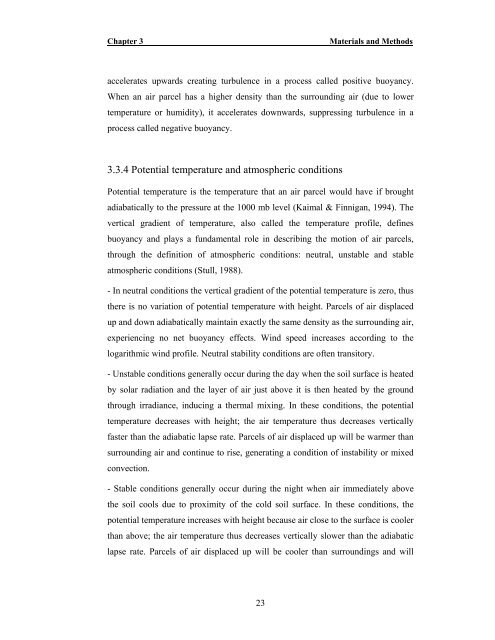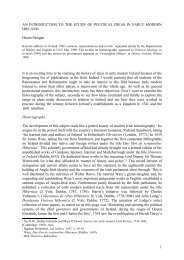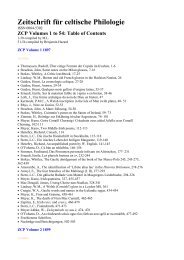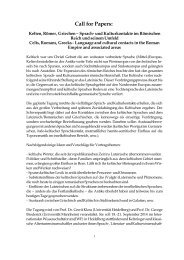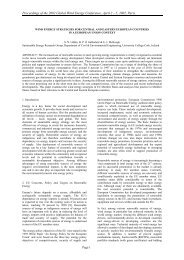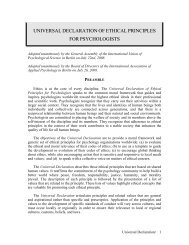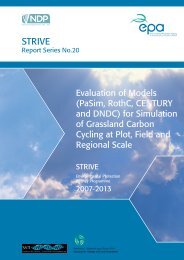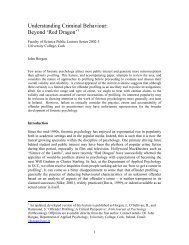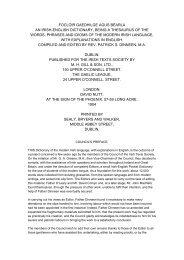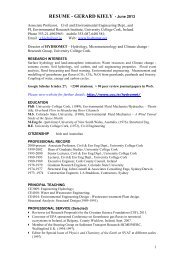PhD Thesis, 2007 - University College Cork
PhD Thesis, 2007 - University College Cork
PhD Thesis, 2007 - University College Cork
Create successful ePaper yourself
Turn your PDF publications into a flip-book with our unique Google optimized e-Paper software.
Chapter 3<br />
Materials and Methods<br />
accelerates upwards creating turbulence in a process called positive buoyancy.<br />
When an air parcel has a higher density than the surrounding air (due to lower<br />
temperature or humidity), it accelerates downwards, suppressing turbulence in a<br />
process called negative buoyancy.<br />
3.3.4 Potential temperature and atmospheric conditions<br />
Potential temperature is the temperature that an air parcel would have if brought<br />
adiabatically to the pressure at the 1000 mb level (Kaimal & Finnigan, 1994). The<br />
vertical gradient of temperature, also called the temperature profile, defines<br />
buoyancy and plays a fundamental role in describing the motion of air parcels,<br />
through the definition of atmospheric conditions: neutral, unstable and stable<br />
atmospheric conditions (Stull, 1988).<br />
- In neutral conditions the vertical gradient of the potential temperature is zero, thus<br />
there is no variation of potential temperature with height. Parcels of air displaced<br />
up and down adiabatically maintain exactly the same density as the surrounding air,<br />
experiencing no net buoyancy effects. Wind speed increases according to the<br />
logarithmic wind profile. Neutral stability conditions are often transitory.<br />
- Unstable conditions generally occur during the day when the soil surface is heated<br />
by solar radiation and the layer of air just above it is then heated by the ground<br />
through irradiance, inducing a thermal mixing. In these conditions, the potential<br />
temperature decreases with height; the air temperature thus decreases vertically<br />
faster than the adiabatic lapse rate. Parcels of air displaced up will be warmer than<br />
surrounding air and continue to rise, generating a condition of instability or mixed<br />
convection.<br />
- Stable conditions generally occur during the night when air immediately above<br />
the soil cools due to proximity of the cold soil surface. In these conditions, the<br />
potential temperature increases with height because air close to the surface is cooler<br />
than above; the air temperature thus decreases vertically slower than the adiabatic<br />
lapse rate. Parcels of air displaced up will be cooler than surroundings and will<br />
23


